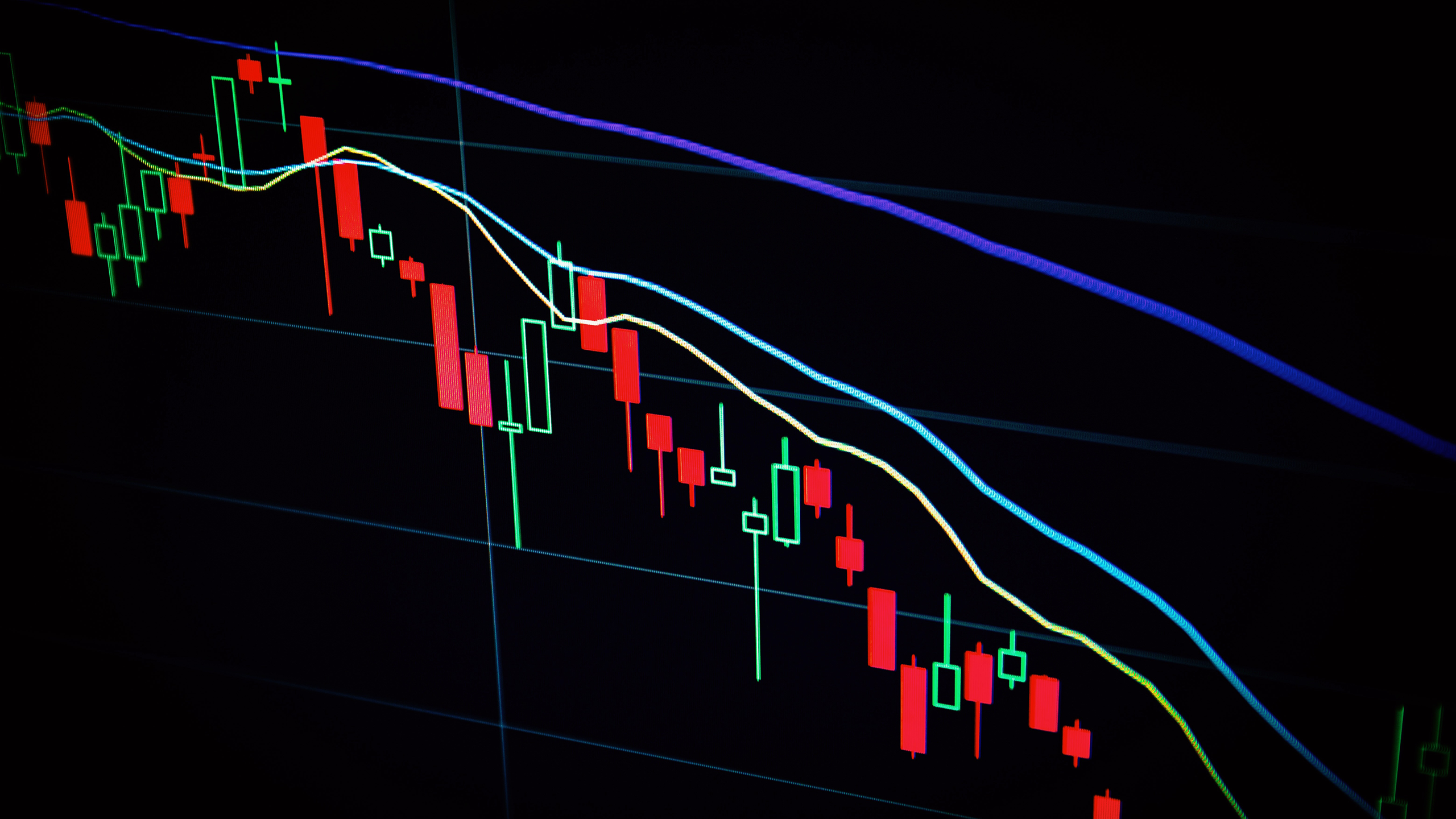April Marks Worst Month of ETF Inflows in a Year
ETFs attracted $58 billion in assets last month, the lowest since April 2024, according to Morningstar Direct.

Sign up for exclusive news and analysis of the rapidly evolving ETF landscape.
Now, now, don’t worry.
Equity and bond markets slumped in April — as fears of a recession tied to sweeping US tariffs rose — and that shrank ETF flows to their lowest point in a year. US-listed ETFs attracted roughly $58 billion in assets last month, a 37% drop from March and their lowest tally since April 2024 with just $36.7 billion, according to Morningstar Direct. While those April figures appear somewhat gloomy at first, there may be a silver lining.
“ETF flows have been steady — 2024 was a big year and so far in 2025, we’ve got even more flows year-to-date,” said Brendan McCann, Morningstar analyst. “There’s a lot of volatility floating around in the market right now, but it’s not preventing people from continuing to invest in ETFs.”
Go With the Flow
Despite all major stock indexes being in the red year-to-date, US equity ETFs were still the most popular funds in April, experiencing $32 billion in inflows. And quite impressively, two-thirds, or $20 billion, of that was captured solely by Vanguard S&P 500 ETF (VOO). “Vanguard has a lot of funds with razor-thin fees, and investors are a lot more cost-conscious now,” McCann told Advisor Upside. Meanwhile, the $512 billion SPDR S&P 500 ETF Trust (SPY) raked in just $2 billion in inflows for the month of April, per Morningstar.
Unfortunately, other ETF segments weren’t so lucky.
- Bond ETF flows were tepid, bringing in just $10.2 billion altogether.
- Sector ETFs notched nearly $14 billion in outflows.
- Allocations ETFs, which contain a mix of stocks and bonds, saw $125 million in outflows.
Arrivederci, America. European funds have been gaining plenty of ground with investors. From the start of the year to the end of April, European ETFs attracted roughly $110 billion in inflows, compared with about $53 billion in the same period last year, according to Morningstar data.
“European market exposures have more attractive valuations than US markets,” said Matthew Bartolini, head of Americas ETF Research at State Street Global Advisors, adding that central banks in the region have a stronger impulse to ease fiscal policy than in the US — and fewer constraints.











